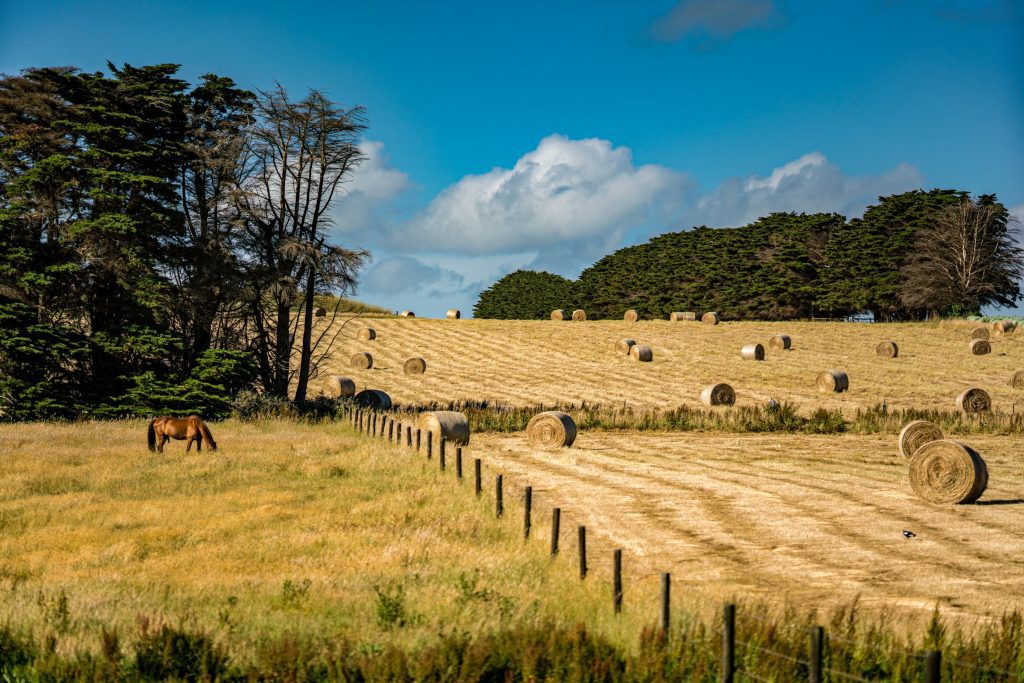Private Tutoring for Kids
In today’s competitive academic scene, parents opt for private tutoring for kids to secure their academic success. Discover why it’s gaining popularity. When it comes to today’s competitive academic landscape, parents constantly seek ways to provide the best possible opportunities for their children’s classroom success. As a result, the private tutoring industry in Australia has witnessed remarkable growth over the years. Many parents are choosing to invest in private tutoring to ensure their children’s academic advancement and overall learning experience. In this article, we will explore the reasons why parents are turning to private tutors, the benefits they offer, as well as the potential drawbacks of hiring a private tutor for your child. Private Tutoring Private tutoring is a booming industry in Australia, driven by the desire to excel academically and secure a brighter future for children. The modern education system often comes with its challenges – from larger class sizes to a diverse range of learning abilities within a single classroom. These challenges can hinder a student’s progress, making it difficult for teachers to provide personalised attention to each student. As a hint of the size of the Aussie tutoring industry, figures compiled by GitNux noted that as of 2020, the industry was worth $1.2 billion a year – some observers peg that size at $1.3 billion. Australian Tutoring Association CEO Mohan Dhall said to the Australian Financial Review’s Theo Friedman that there’s an estimated 4,000 tutoring companies in the country, with over 70,000 full-time and part-time tutors on the rolls. However, some of that market might be utilised abroad in some form or fashion. British-Aussie Jerome Barty-Taylor, for example, has used his ANU and Oxford education to run a tutoring business in Hong Kong, catering to upper-class families whose children are aiming to study at top universities in America. A May 2023 story on SBS Online covered how China’s crackdown on after-school tutoring providers forced them to pivot to mentoring students abroad to remain in business, with one company offering online mathematics classes to Aussie Year 1-8 students. Hiring a Private Tutor Below are several reasons why parents opt for private tutors in Australia. Personalised Learning Private tutors offer individualised attention to students, tailoring their teaching methods to match the student’s learning style, strengths, and weaknesses. This personalised approach can lead to more effective learning and faster progress. Addressing Knowledge Gaps Private tutors can identify and address specific knowledge gaps that students may have missed in their regular classroom setting. This targeted approach can help students build a solid foundation in their subjects. Exam Preparation Private tutors offer tailored instruction and preparation specifically designed to support students aiming for crucial exams, such as the Higher School Certificate (HSC) and the Australian Tertiary Admission Rank (ATAR). This can significantly enhance a student’s chances of performing well in these critical assessments. Some tutor firms in Australia are even geared towards offering HSC and ATAR sessions. Boosting Confidence Individualised attention and focused support from a private tutor can boost a student’s confidence and self-esteem. As they see improvement in their academic performance, they become more motivated to learn and excel. Some tutors may even go as far as impart valuable study skills and strategies that can benefit them throughout their academic journey. Flexible Learning Private tutoring offers flexibility in terms of scheduling. Tutors can adapt to a student’s timetable, making it easier to balance academics with extracurricular activities. Targeted Learning Goals Private tutors can work with students to set specific learning goals and track their progress over time. This goal-oriented approach ensures that students stay on track and experience a sense of achievement. Drawbacks? Enlisting a private tutor for your child may offer a panoply of advantages in preparing them for higher schooling, but you might ask, are there factors against hiring one? Cost Private tutoring can be expensive, adding to the already significant expenses associated with education in Australia. Dhall notes that on average, part-time tutors can earn up to $30 an hour and certain tutors catering to wealthy families might even command $200 an hour. Demographics can even apply to the cost: the team at TutorNova estimated that the rates of medium-level tutors with modest qualifications working in urban centres may be premium rates in regional Australia. For example, a tutor of that calibre working in Kalgoorlie, WA may charge $65 an hour when at best, they could only fetch $50 for clients in the Sydney CBD. Dependency Students might become overly reliant on their tutors, hindering their ability to develop independent study skills. Pressure Intense focus on academic improvement can sometimes lead to excessive stress and pressure on students to perform exceptionally well. Lack of Compatibility Not all tutors may be a good match for a student’s learning style or personality, leading to potential conflicts and ineffective lessons. At the same time, if a parent in Australia opts to enlist a tutoring service abroad, questions about the quality of the lessons may arise; commenting on the above SBS story, UTS Assoc Prof Christina Ho said international tutors might have lesson plans that are all but incompatible with the Australian Curriculum. Time Management Balancing school, extracurricular activities, and tutoring sessions can lead to a packed schedule, potentially affecting the student’s overall well-being. Conclusion Investing in private tutoring is a significant decision that requires careful consideration. Parents should assess their child’s specific needs, learning style, and goals before opting for private tutelage. It’s essential to research potential tutors thoroughly, considering their qualifications, teaching approach, and compatibility with the student. While private tutoring can provide numerous benefits, it’s equally important to strike a balance and avoid overwhelming the student. Encouraging them to take ownership of their learning journey while leveraging the support of a tutor can lead to a more well-rounded educational experience. In conclusion, the private tutoring industry in Australia offers a valuable solution for parents seeking to provide their children with personalised support and academic advancement. While there are both advantages and disadvantages to hiring a private tutor, a
Private Tutoring for Kids Read More »











